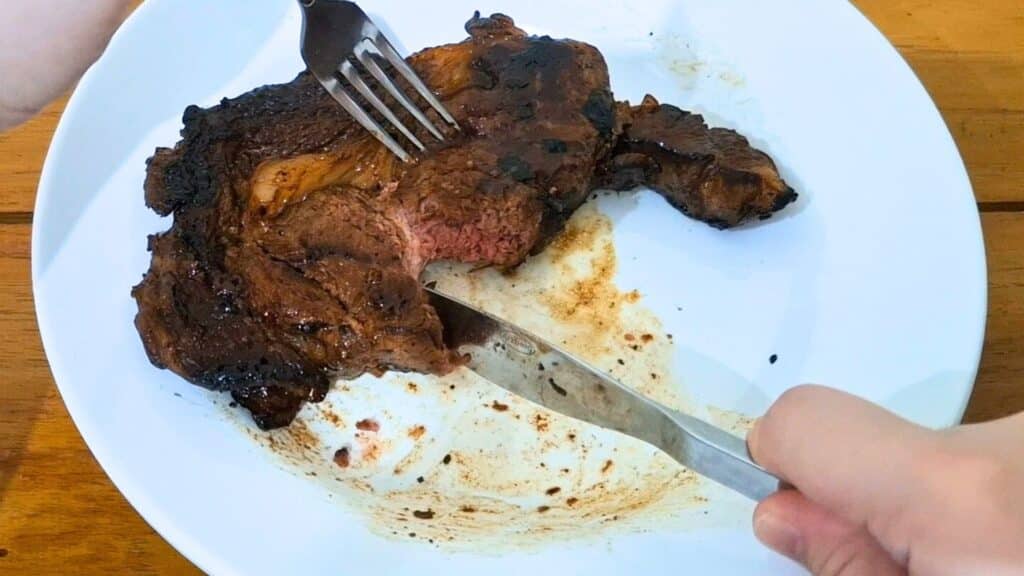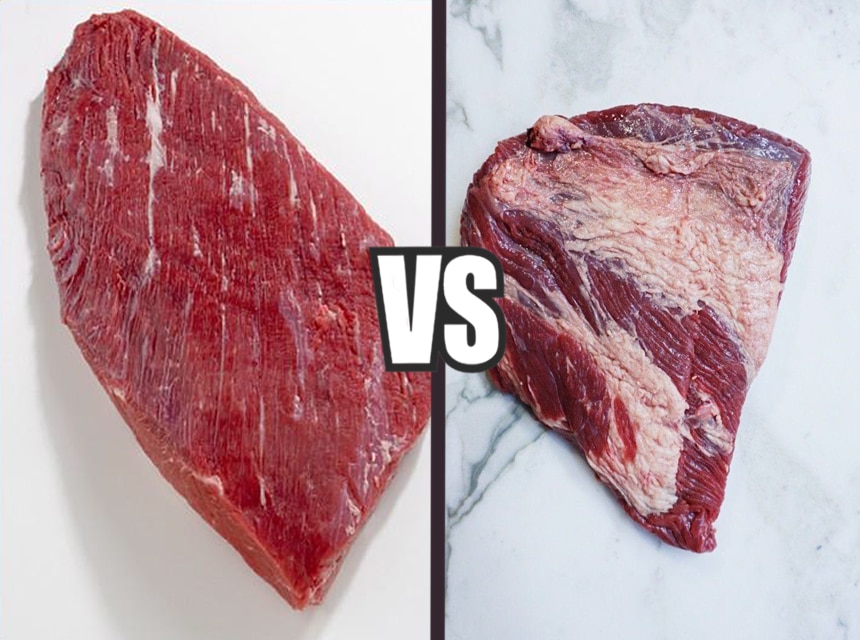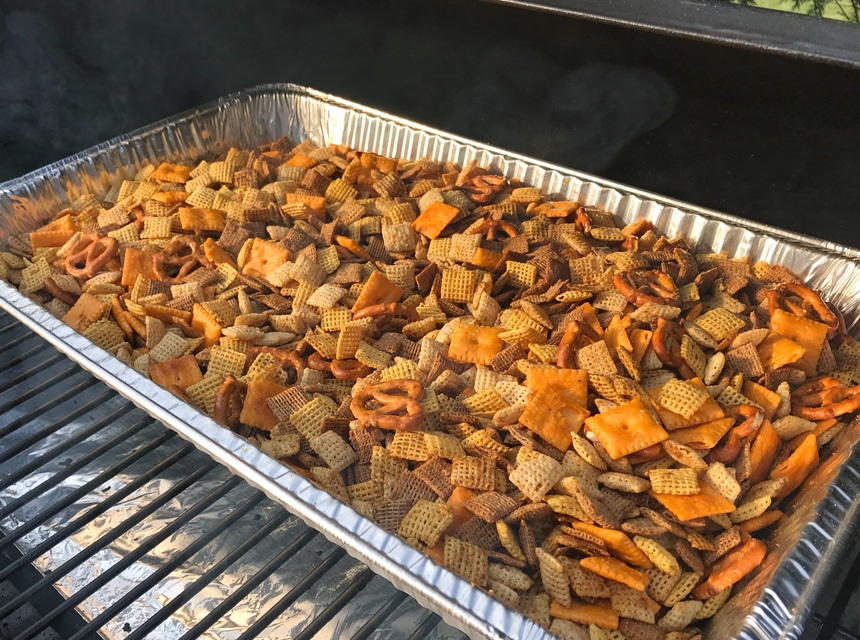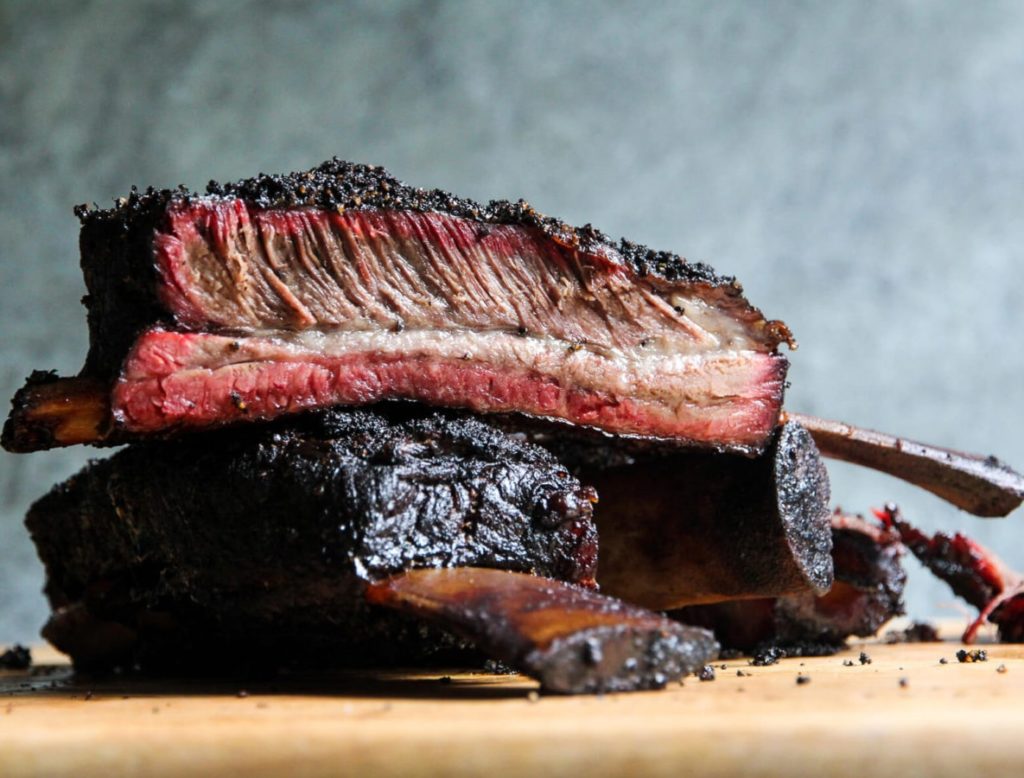

If you’re a lover of meats and barbeques, then buying ribs will be something you occasionally do. However, it can be confusing because the portions can change significantly depending on your butcher and the type of animal the ribs are sourced from. As such, answering the question of how many ribs in a rack are acceptable can help put your mind at ease while shopping.
Additionally, if you’re the one cooking the meat, it can help you plan your recipes beforehand to ensure you cater to all your guests. So, how many ribs are in a rack? Stick around and find out.
As we’ve mentioned above, how many ribs there are in a rack will depend on the animal. After all, they do have varying body compositions and sizes in addition to the butchering processes being different. The three most common types of ribs eaten by Americans are beef ribs, pork ribs, and lamb ribs. As such, we look into how many ribs come in a rack for each of these three options.
When shopping for pork ribs, you’ll encounter terms like baby back ribs, spare ribs, loin back ribs, and St. Louis ribs. As such, it’s safe to say that there are a few different types of the same. However, most beginner pitmasters likely don’t know enough to make an informed purchase which is why we’re here.
Pork spare ribs are sourced from the lower portion of a pig. This includes the area behind the shoulder where the breast bone is located. Notably, this is one of the more inexpensive cuts of pork. That said, the amount of meat per rib is quite sizeable.
A typical rack of pork spare ribs will have between 10 and 13 ribs. This is because a typical pig will have either 15 or 16 pairs of ribs, depending on the breed. Some, like the American Landrace, have as many as 17 pairs of ribs. Most of these ribs are removed to make the rack, although two or three will be left behind during the butchering process.
Alternatively, there are the St. Louis style spare ribs. As the name suggests, these are also spare ribs but with a slight difference in how they’re cut. This is because the rib tips are trimmed out of the meat. Notably, these rib tips can be as long as 12 inches, while their width varies between one and three inches.
Most pitmasters will opt to avoid cooking rib tips because they take too long to get ready, and if you hasten the process, you can leave the meat chewy and tough. Also, since they’re a significant part of the spare ribs, they can make cooking these ribs more complicated compared to other cuts of pork. Ultimately, you’ll have to cook them over low heat, and you should be prepared to wait hours before the food is ready.
The Masterbuilt MB20070210 electric smoker is, according to reviewers, ideal for low heat cooking needs. It features an analog dial to control the heat, and it even has a built-in temperature gauge, so users stay assured that the cooking temperatures are where they need to be.
Baby back ribs are the alternative to spare and St. Louis ribs. Notably, the terms loin back ribs and back ribs also refer to the same thing. They’re sourced from the back of the animal in the areas between the spare ribs and the spine. These ribs are shorter, curved, and have meat both between and on top of the bones.
The meat on baby back ribs is quite lean and tender. Also, while comparing spare ribs vs. baby back ribs, the cook times for the latter tend to be shorter. Just like with the spare ribs, each full-size rack should still have between 10 and 13 ribs.
Similar to pork ribs, when you’re shopping for beef ribs, you’ll encounter two main variations of the same, namely, back ribs and short plate ribs. Short plate ribs are sometimes called beef short ribs, while back ribs can also be referred to as dinosaur ribs.
Given that beef ribs are a mixture of bone and meat, it makes sense that they’re less expensive than most other cuts of beef. Notably, you’ll never find full-size beef ribs being sold. Since each rib can measure up to 18-inches, they’re cut into smaller pieces for easier cooking and consumption.
Also notable is that while cows tend to have 13 pairs of ribs, not all of them are removed during the butchering process. Additionally, the number of ribs you get during purchase is heavily dependent on whether you pick back ribs or short plate ribs.
Back ribs are often sold in strips that contain seven ribs, although there is no rule against selling them with fewer. As such, depending on how your butcher cuts their rib roast, you might end up with fewer ribs. That said, since beef is sold per pound, you won’t be shortchanged.
Notably, these back ribs measure between six and eight inches long, and there’s not a lot of meat on top of the bone. Most of it will be in-between the bones. Also, despite the relative lack of meaty flesh on the bone, back ribs are still worth getting because they embody the best beefy flavors.
If you decide to pick beef short ribs, you’ll get them in strips that contain three bones. While technically, these ribs are small, that is not why they’re called short plate ribs. Instead, it’s because they’re sourced from a section of the animal known as the short plate. Also, unlike back ribs, beef short plate ribs have a lot of meat on top of the bone.
There are also those who are curious about how many ribs there are in a rack of lamb. Typically, a full rack of lamb ribs contains about eight individual ribs. However, as with beef and pork ribs, this is left to the butcher’s discretion most of the time. As such, you might get more or less individual ribs in your purchases.
Also typical of lamb ribs is that the individual chops feature loin muscle meat near the tip. Consequently, during preparation, pitmasters will eliminate most of the excess fat in addition to some of the meat on the bone, so the chops resemble lollipops. In addition to making the chops look better, this provides you with something to grab as you bite into the meat.
Even after you know how many ribs come in a rack, it may still be challenging to plan a barbeque if you don’t know how to portion the ribs. It’s possible to end up with either too much or too little food. However, with the guide below on recommended portion sizes, you can ensure you buy your ribs in the right quantities.
In terms of size, spare ribs are much larger than their back rib counterparts. As such, they will tend to have more meat, and each adult will be satisfied if they’re served four or five ribs. As such, if you have a full rack of 13 ribs, this will only be enough for three adults.
Of course, you’ll need to serve more ribs when it comes to baby back ribs to account for the differences in size. One adult can easily finish six or seven baby back ribs, so just to be safe, multiply seven by the number of guests you expect before you go to purchase the meat.
Beef ribs are quite large and thus contain more meat. As such, you can easily get away with serving a maximum of three ribs per adult at your barbeque. This applies to both back ribs and short plate ribs. Notably, the portioning may already be done for you since short plate ribs come in strips of three ribs each.
As for lamb ribs, the meat shrinks significantly when cooked. As such, even if it may look like a lot when you buy the rack, it’s best not to overestimate it. More often than not, a serving of four chops will be enough to satisfy each adult guest at your barbeque, so make sure you include this in your calculations for the day.
If you make it a point to dine out fairly often, you’ve probably come across the term half rack on a few menus. It could even be something you’ve seen at your butcher’s as a sizing option for your pork ribs. However, before you commit to buying these options, it’s good to know how many ribs there are in a half rack.
Considering the full rack has approximately 15 ribs, a half-rack should automatically contain seven or eight ribs. However, in the case of restaurant menus, this sometimes varies, and you can get anywhere between three and eight ribs depending on the establishment.
As we mentioned above with regards to pork ribs, full racks contain more than 10 ribs. However, due to accidents and other issues during the butchering process, sometimes the rack will have less than 10 ribs. Such a rack is referred to as a cheater rack. Of course, one misconception regarding cheater racks is the impression that you’re not getting enough value for your money. However, butchers sell you meat by the pound, and as such, you won’t be overpaying for the rack.
While discussing pork spare ribs, we mentioned that you should cook the meat over low heat and expect to wait a while before the ribs are ready. This is because the longer you cook, the more tender the ribs will be. As such, if you can pick between shorter and longer recipes, the longer ones are preferred.
There is a misconception that it’s impossible to overcook ribs. However, that’s far from the truth. Of course, most recipes will get you to the point where the meat is well cooked. At this point, if you pick a rib, the meat should separate from the bone easily without needing much persuasion. However, if it’s already sliding off the bone, it means you overcooked it.
To prevent this, you should educate yourself on how to tell when your ribs are done, including steps like using a meat thermometer. According to most reviewers, the ThermoPro TP-16 is well-designed to give accurate readings that will keep users from under and overcooking their meats. The device has preset temperature settings for the different meats and even offers a programmable alert to let you know when your ribs are ready.
Whether you’re buying pork ribs, lamb ribs, or beef ribs, it’s important to decide how many ribs in a rack should be acceptable to you as a buyer. However, sometimes the number of ribs fluctuates due to butchering practices, accidents, and a few other circumstances. Also, while you can take it upon yourself to count the individual ribs, the truth is your butcher won’t shortchange you because the meat is priced according to the weight. Consequently, even if your rib strip is missing a few ribs, this will be accounted for in the cost. Nevertheless, counting the ribs and ensuring you get the right size rack can help a great deal when you’re planning for the portions.





